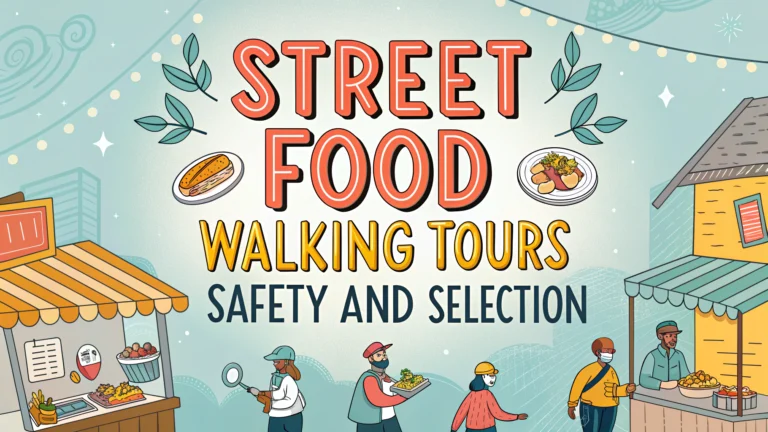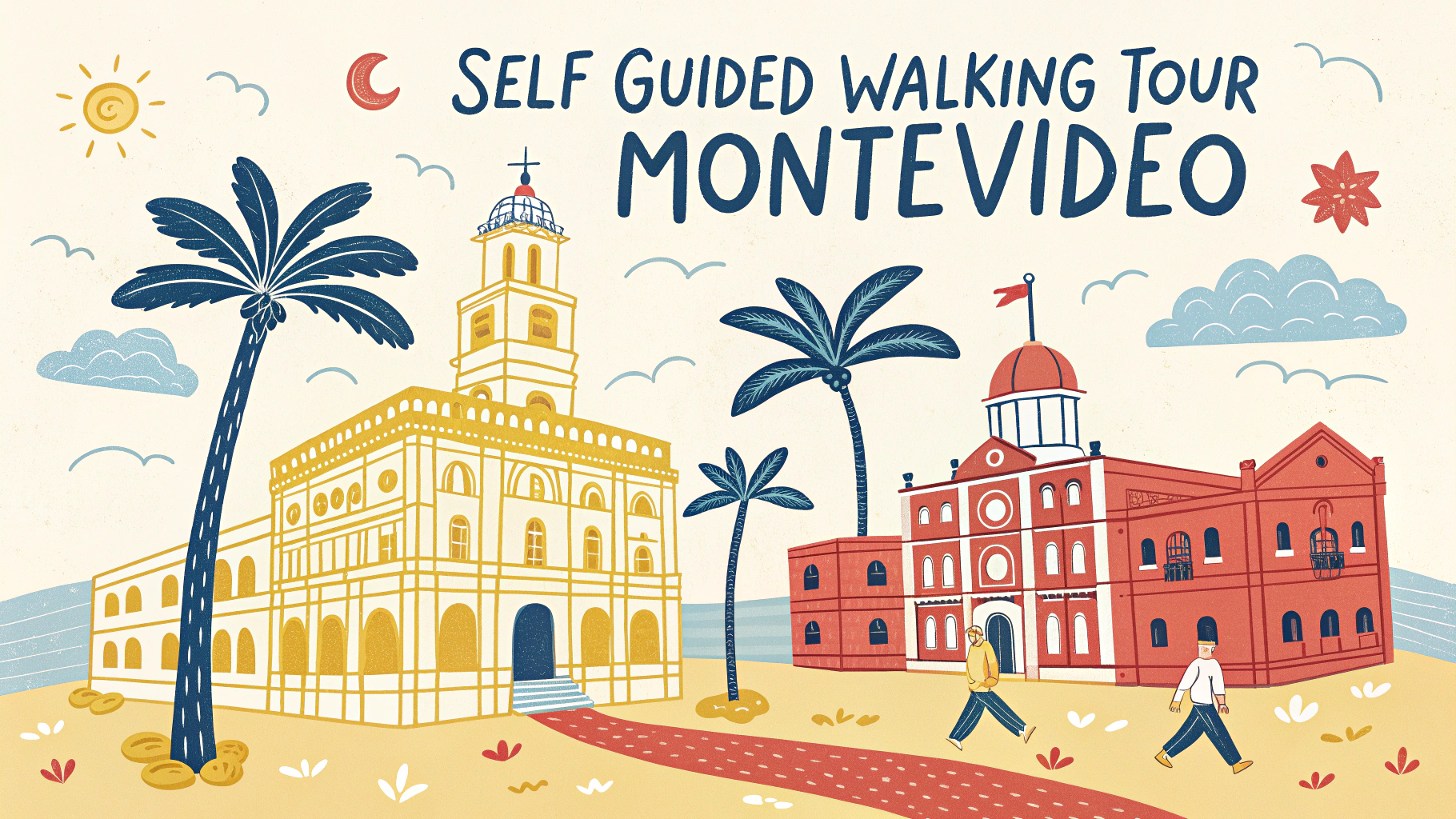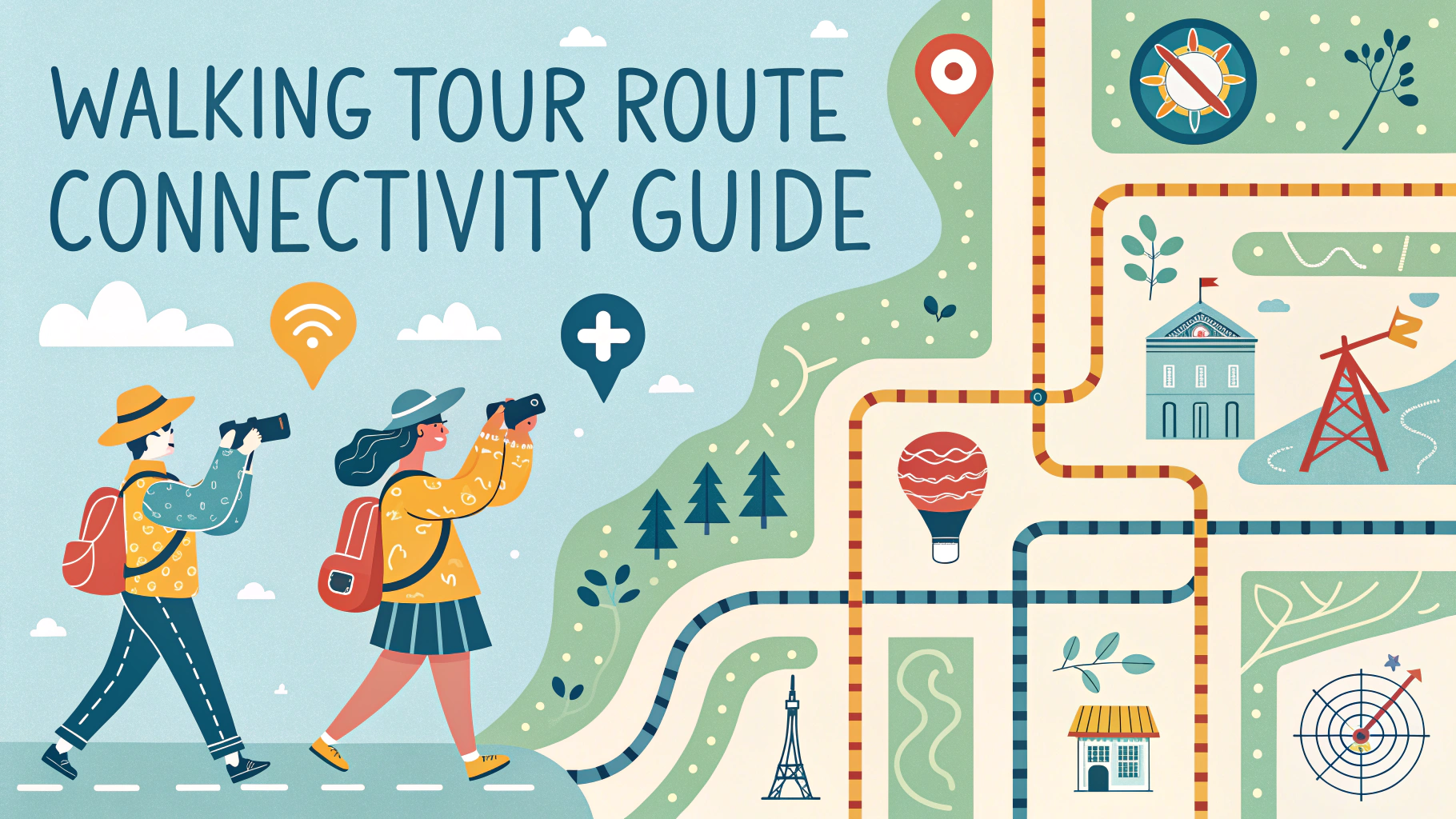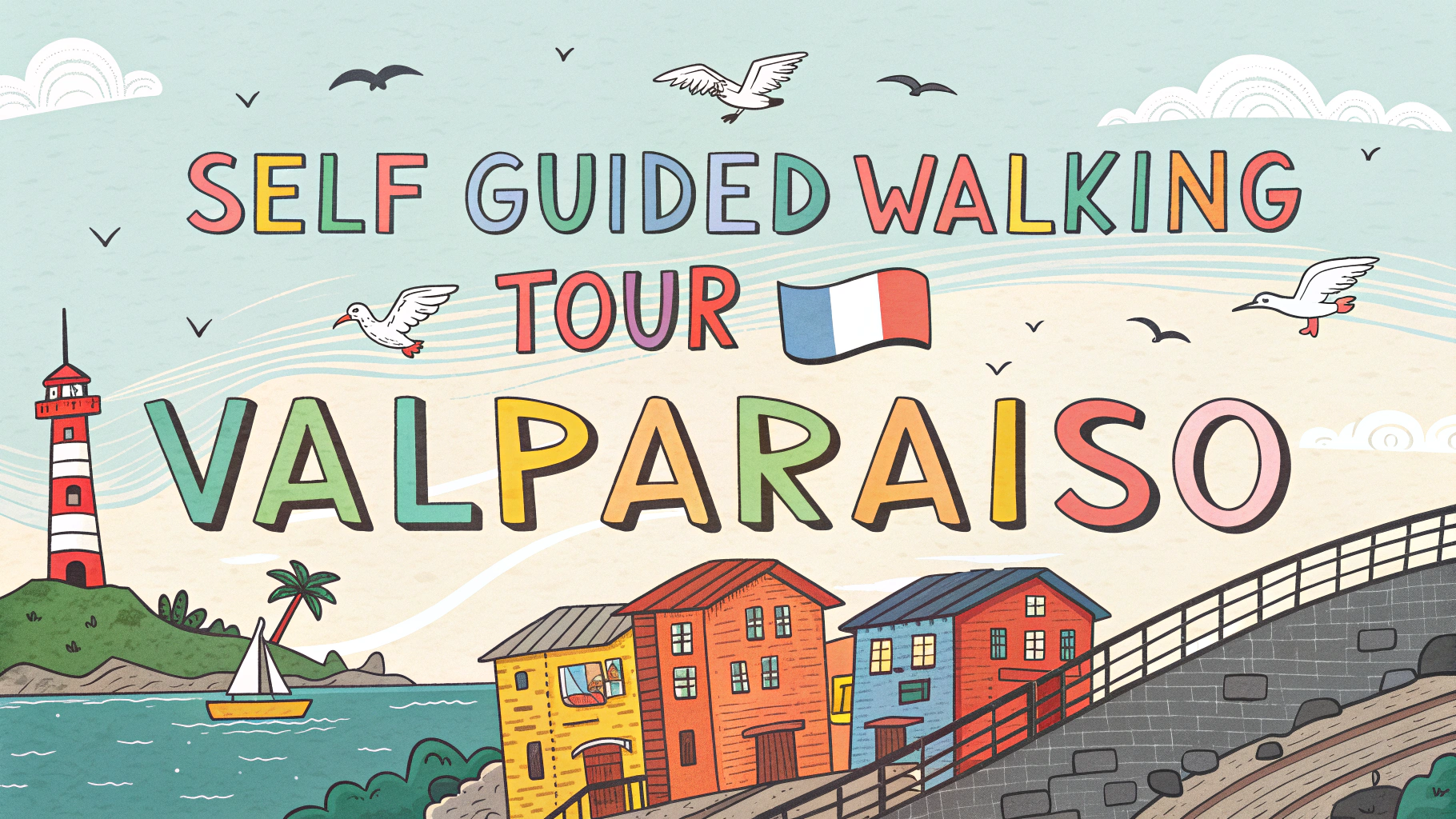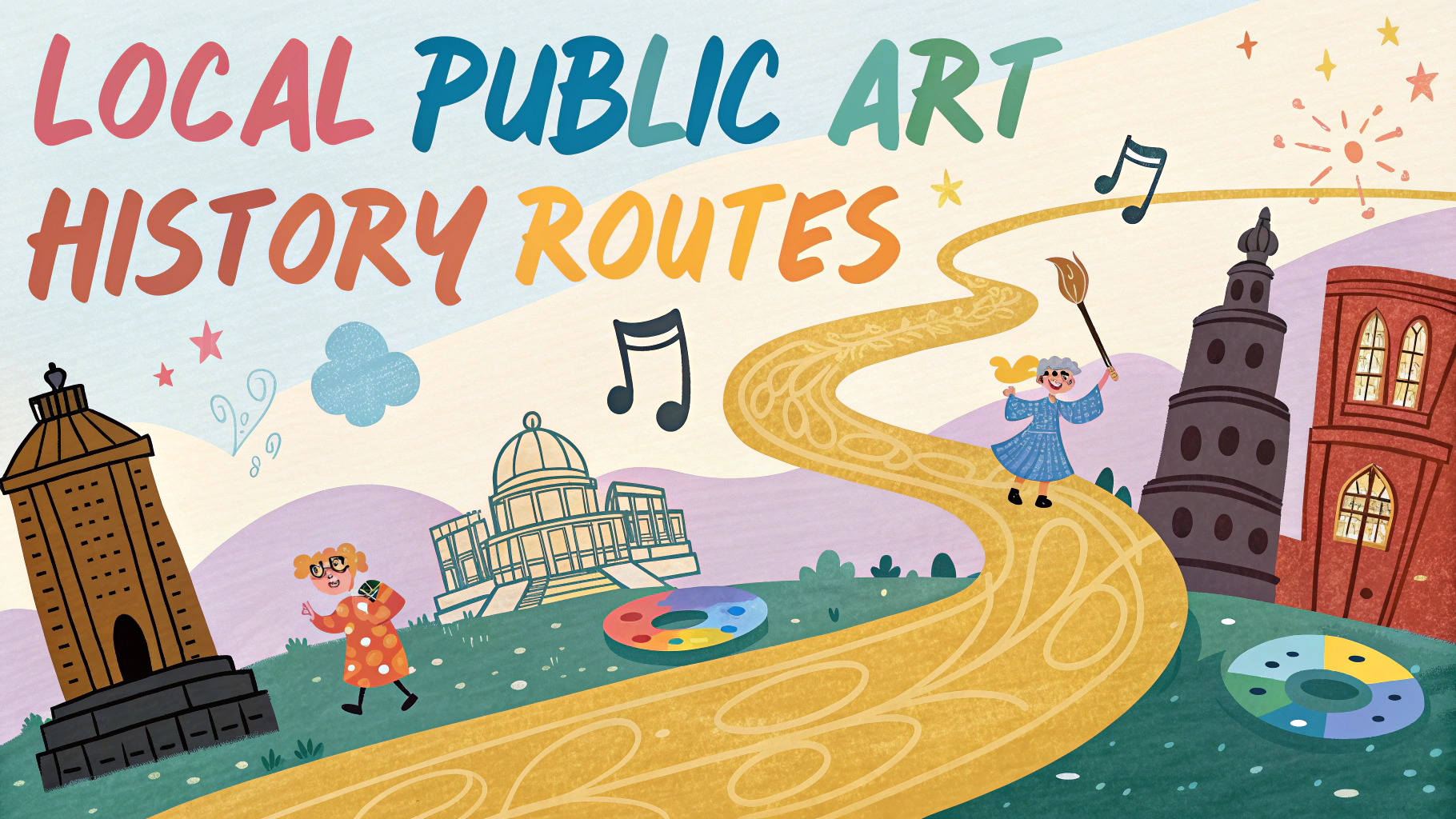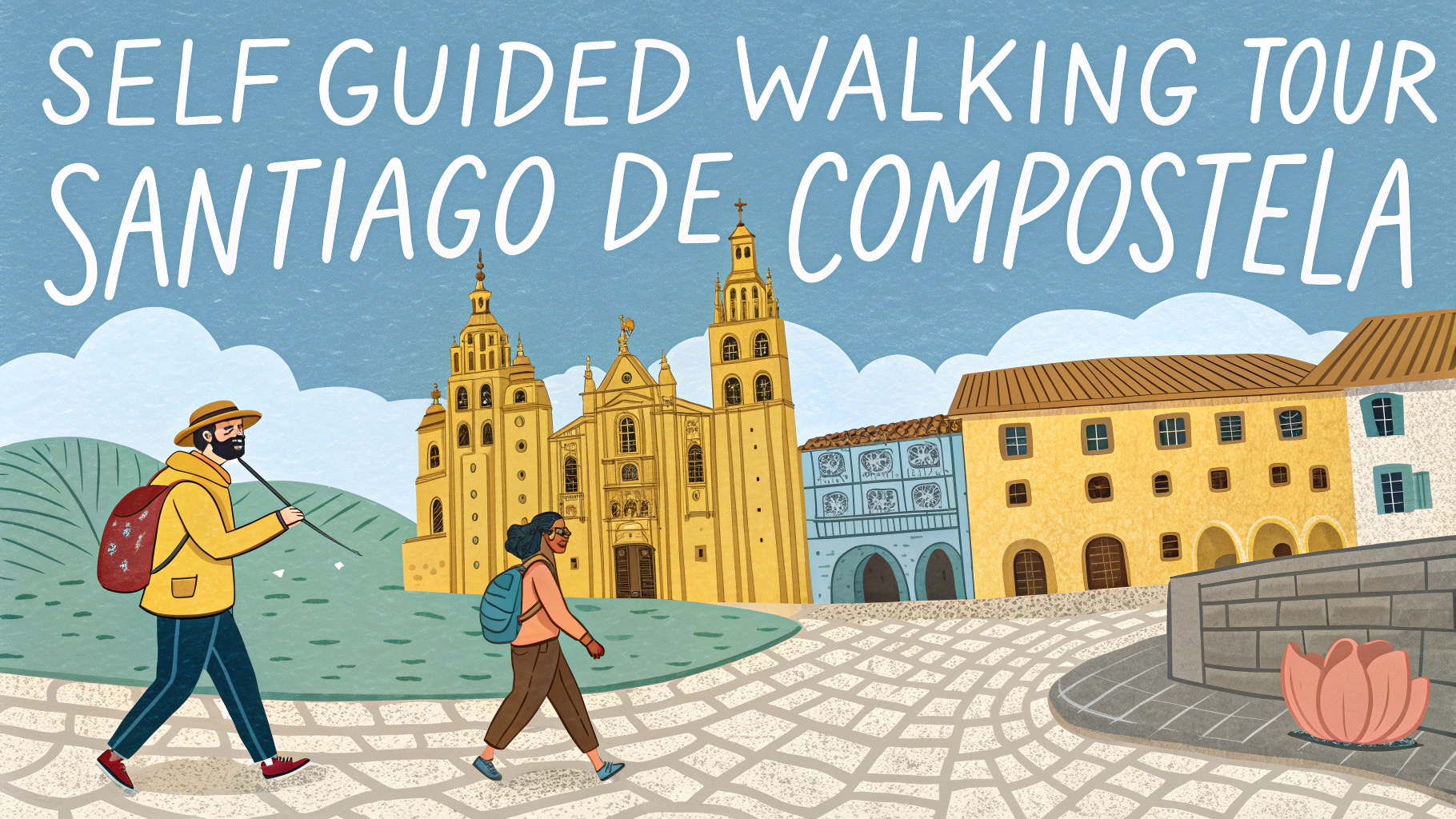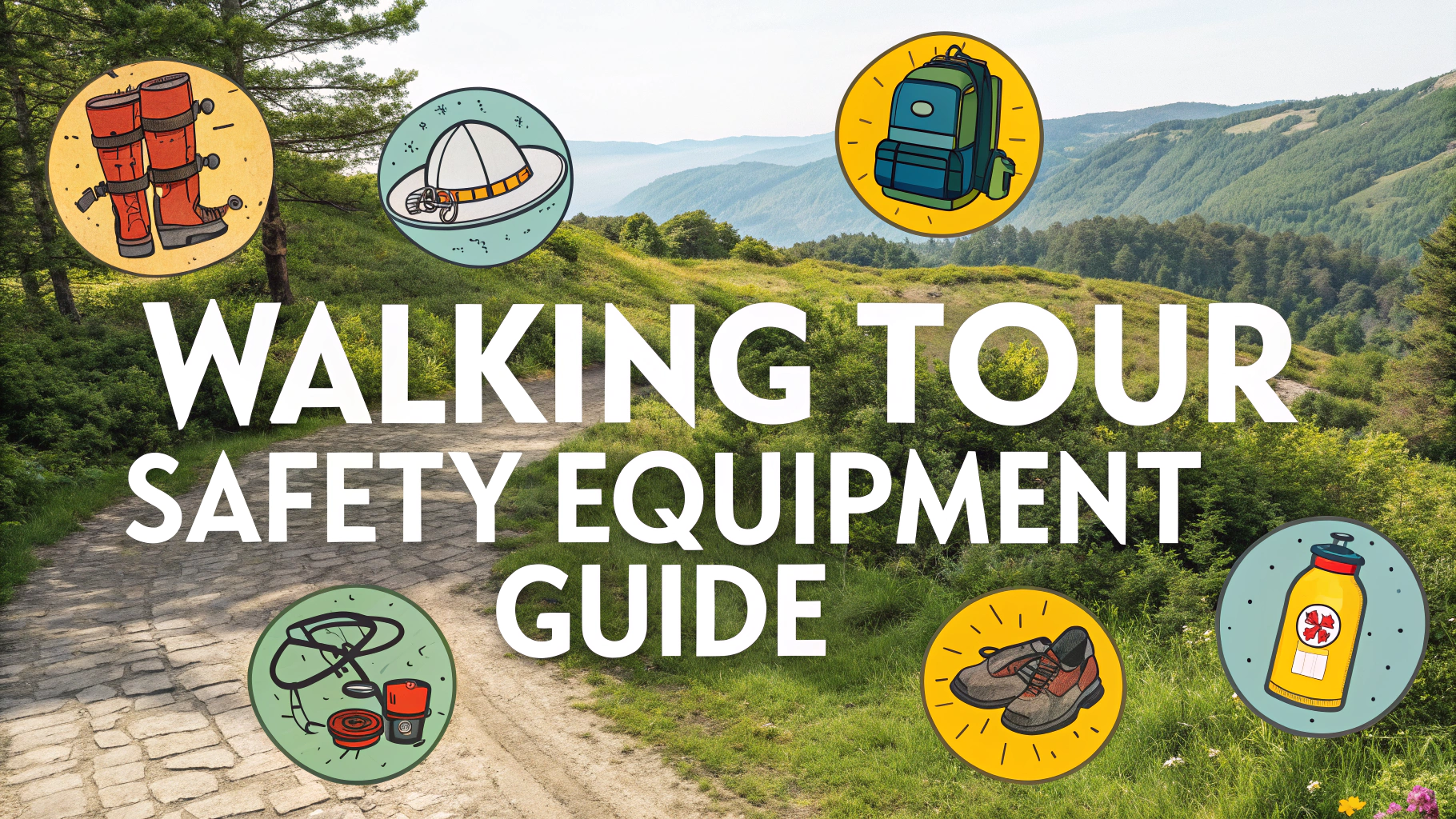Street food walking tours let you discover local flavors while exploring neighborhoods, but smart planning helps you get the most from the experience.
Safety First
Research tour areas in advance to understand neighborhood safety profiles and walking conditions.
- Wear comfortable, closed-toe walking shoes
- Bring water and hand sanitizer
- Keep valuables secure in a cross-body bag
- Carry emergency contact information
- Save tour route maps offline on your phone
Selecting Food Stops
Look for vendors with steady customer traffic and clean preparation areas.
- Watch how food is handled and stored
- Check if vendors wear gloves when preparing food
- Notice if preparation surfaces look clean
- Observe if raw and cooked foods are stored separately
Planning Your Route
Map out 4-6 food stops within walking distance of each other.
- Space stops 10-15 minutes apart
- Plan for 2-3 hours total tour time
- Research vendor operating hours
- Include rest stops with seating
- Note public restroom locations
Food Safety Tips
Choose freshly cooked items served hot.
- Avoid raw seafood from street vendors
- Skip items with mayo or dairy in hot weather
- Watch that meat is thoroughly cooked
- Choose busy stalls where food turnover is high
Making the Most of Your Tour
Start tours during off-peak hours to avoid crowds.
- Take photos of your favorite spots
- Ask vendors about signature dishes
- Share larger portions with your group
- Keep small bills for easy payment
- Learn basic food-related phrases in the local language
Weather Considerations
Check weather forecasts and plan accordingly.
- Bring umbrellas or rain gear if needed
- Start early in hot weather
- Pack sunscreen and hats
- Choose indoor options during extreme weather
| Best Times for Food Tours | Why |
|---|---|
| 10:00 AM – 12:00 PM | Vendors fresh, fewer crowds |
| 2:00 PM – 4:00 PM | Post-lunch lull, better attention |
| 5:00 PM – 7:00 PM | Evening prep, fresh dinner items |
Recording Your Experience
Create a simple rating system for the places you visit.
- Note standout dishes
- Save vendor locations on Google Maps
- Write quick reviews while memories are fresh
- Document prices for future reference
Dietary Considerations
Communicate dietary restrictions clearly when booking guided tours or approaching vendors.
- Learn allergen-related phrases in local language
- Research common ingredients in local dishes
- Carry allergy cards in local language
- Ask about cooking oils and seasonings
- Identify vegetarian/vegan-friendly vendors in advance
Group Dynamics
Coordinate with your group to maximize food sampling opportunities.
- Agree on sharing portions to try more items
- Split up to reduce waiting times at different stalls
- Designate meeting points at each stop
- Pool money for easier transactions
Cultural Etiquette
Research local customs to show respect while dining.
- Learn proper eating utensil usage
- Understand tipping customs
- Know appropriate dining gestures
- Respect vendor photography preferences
Conclusion
Street food tours offer unique cultural insights and culinary adventures when properly planned. Focus on safety, vendor selection, and cultural awareness while maintaining flexibility in your schedule. Document your experiences to create lasting memories and valuable recommendations for future visitors.
- Prioritize food safety and personal security
- Balance planned stops with spontaneous discoveries
- Respect local customs and vendors
- Document experiences for future reference
- Stay flexible and open to unexpected opportunities
FAQs
- What are the key safety precautions I should take during a street food walking tour?
Look for vendors with high customer turnover, ensure food is cooked fresh and hot, avoid raw items if unsure about water safety, carry hand sanitizer, and stay hydrated with bottled water. - How do I identify safe street food vendors?
Check for clean preparation areas, proper food storage, vendors wearing gloves, local crowds, and proper handling of money separate from food handling. - What are the best times to take a self-guided street food tour?
Peak meal times (lunch 11:30-1:30, dinner 6:00-8:00) ensure fresh food turnover and full vendor selection, while avoiding extreme heat in tropical locations. - Should I book a guided tour or go self-guided for street food exploration?
Self-guided tours offer flexibility and cost savings but require more research. Guided tours provide local expertise, language assistance, and vetted vendor selections. - What essential items should I bring on a street food walking tour?
Bring bottled water, hand sanitizer, small bills for payment, a map or phone with GPS, comfortable walking shoes, and tissues or napkins. - How can I avoid food-borne illness while sampling street food?
Choose freshly cooked, hot foods, avoid raw vegetables in areas with questionable water, eat at busy stalls, and ensure proper hand hygiene. - What’s the best way to plan a street food walking route?
Research popular food streets, map out vendor locations, plan a logical walking sequence, include rest stops, and consider local meal times and vendor operating hours. - How do I handle dietary restrictions during street food tours?
Research common ingredients beforehand, learn relevant dietary terms in local language, carry allergy cards in local language, and ask about ingredients before ordering. - What are signs that I should avoid a particular street food vendor?
Avoid vendors with visibly unclean conditions, low customer traffic, pre-cooked food sitting out, unsafe food storage temperatures, and poor personal hygiene. - How much food should I plan to sample on a street food walking tour?
Plan for 4-6 small portions over 2-3 hours, spacing out tastings to avoid overindulging, and sharing portions with companions to try more varieties.
